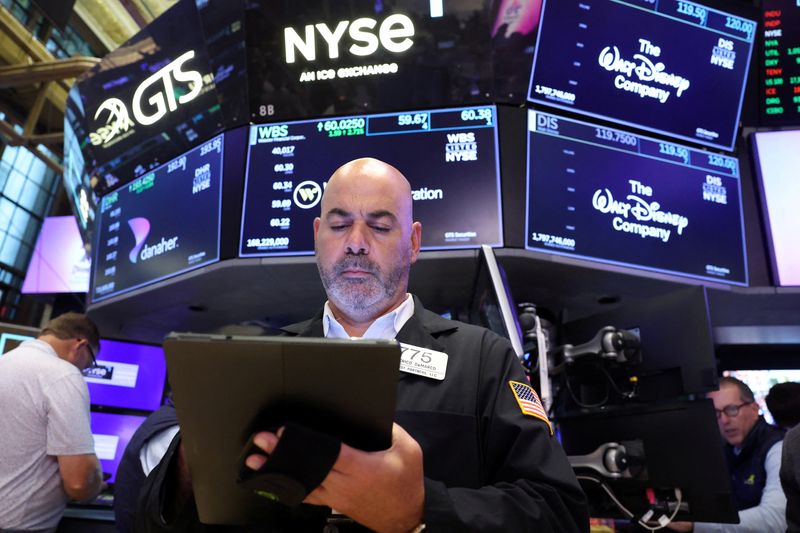Moody’s downgrades Senegal to Caa1 amid rising debt concerns
Investing.com -- Adam Crisafulli of Vital Knowledge says Trump’s abrupt escalation — including a threat to cancel his meeting with Xi and a vow to impose 100% tariffs on all Chinese imports from Nov. 1, alongside export controls on “any and all critical software” — has clearly jolted markets, especially tech.
The measures, seen as aimed at chip design companies such as Cadence Design Systems Inc (NASDAQ:CDNS) and Synopsys Inc (NASDAQ:SNPS), mark the most aggressive trade posture in months.
Crisafulli notes the Nov. 1 deadline still leaves a window for a potential deal and expects some form of détente before tariffs fully activate. He points to the upcoming World Bank and IMF meetings in Washington as a forum for back-channel talks.
And even if a formal Trump-Xi meeting is scrapped, both leaders are still due to attend APEC on Oct. 31, making an informal encounter likely.
"While our view on this latest US-China dust-up might sound optimistic, that doesn’t mean the slump in stocks is a compelling buying opportunity," Crisafulli wrote in a client note few hours after the Dow Jones Industrial Average lost 1.9% while the S&P 500 and the tech-heavy NASDAQ Composite lost 2.7% and 3.6%, respectively.
He argues that the real issue isn’t tariffs alone but market positioning. Accordingly, equities entered this phase “frothy, complacent, and expensive.”
The core risk, he says, lies in the market’s heavy dependence on tech — and more narrowly AI optimism tied to massive OpenAI-related spending.
OpenAI "~$1T worth of spending commitments over the last few months have done more than anything else to propel stocks higher," Crisafulli wrote.
Tariffs are also returning as a structural overhang beyond China. Crisafulli flags a pending Supreme Court ruling on IEEPA tariffs that could destabilize the entire trade regime.
While consensus assumes the court will strike them down, he warns that may not be bullish: Trump could shift to other legal tools to keep tariffs intact, extending uncertainty into 2026, while any hit to tariff revenue could pressure Treasury funding and push yields higher.
